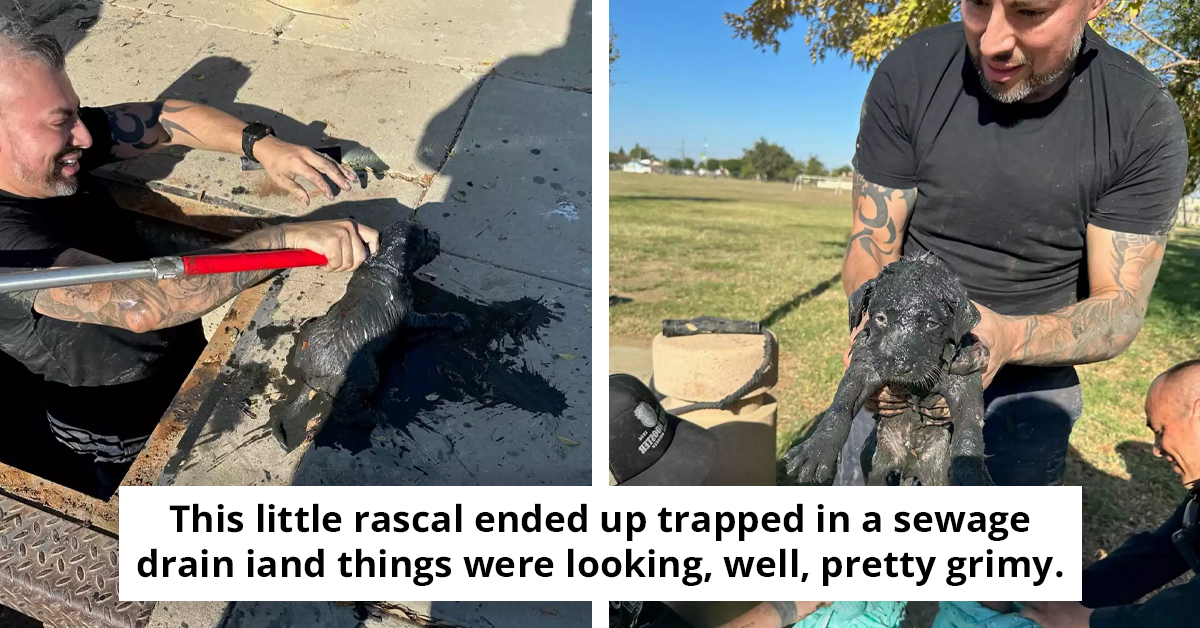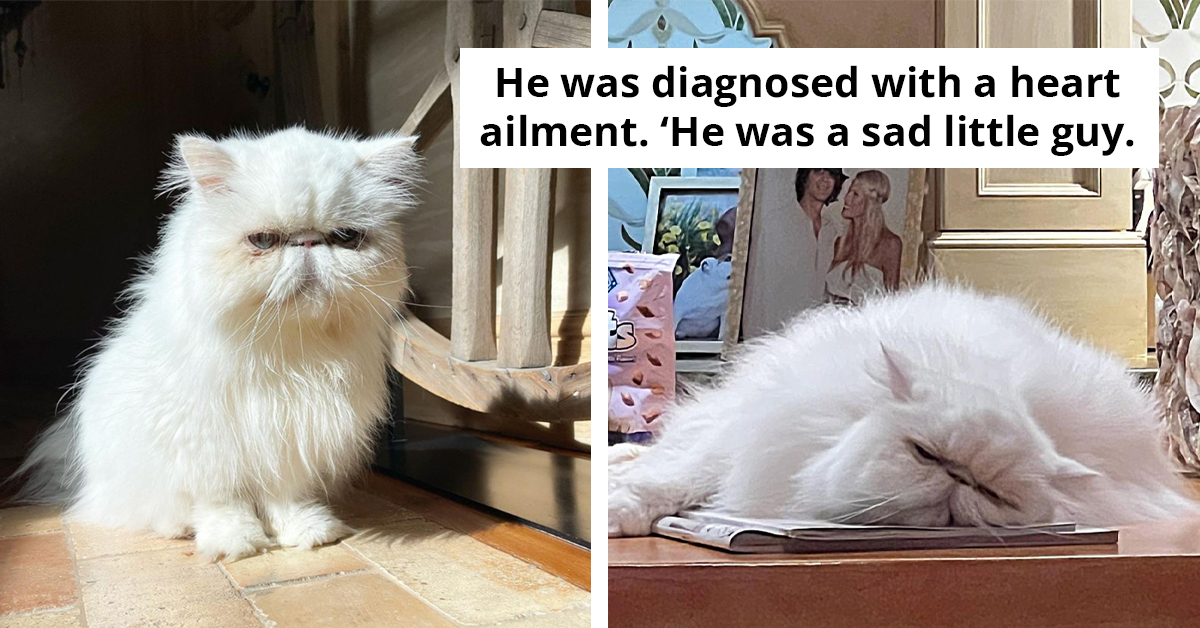This Little Bird Is No Larger Than A Ping Pong Ball, But Its Amazing Colors Make It One Of The Most Remarkable Animals
Wonderful colors make Anna’s hummingbird (Calypte anna) one of the most beautiful animals in existence. This medium-sized bird belongs to the Trochilidae family and is native to the western coastal regions of North America.
Anna’s hummingbirds have a shimmering bronze-green back with a pale gray chest and abdomen. The males take it a step further with a lustrous crimson-red throat.
This bird is the only North American hummingbird with a red crown. Females also have iridescent red feathers around the neck, though they are smaller and not as bright as those found in males.
They can be found from southern Canada to Baja California and inland to southern and central Arizona. These birds have permanent territories and guard them with zeal.
Anna’s hummingbirds are common in yards, parks, residential streets, eucalyptus groves, riverside woods, savannas, and coastal scrub. They readily come to hummingbird feeders and flowering plants, including cultivated species in gardens.
Anna’s hummingbirds primarily feed on flower nectar using their long tongues. However, they will also eat insects they find on vegetation.
The breeding season lasts from December to June. They build their nests from plant fibers and cover them with lichen. They typically incubate their eggs for two weeks before they hatch.
Anna’s Hummingbird is the only hummingbird with a red crown in North America

Thanks to their wonderful colors, they look more like flying jewelry than birds
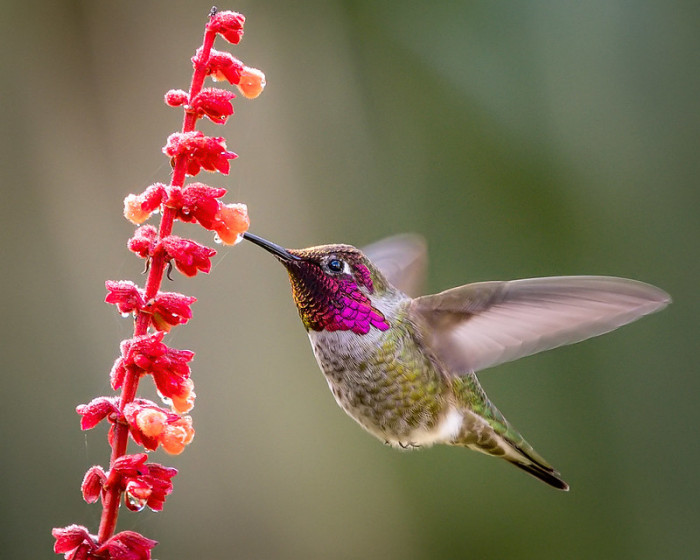
Colors on females are more toned down
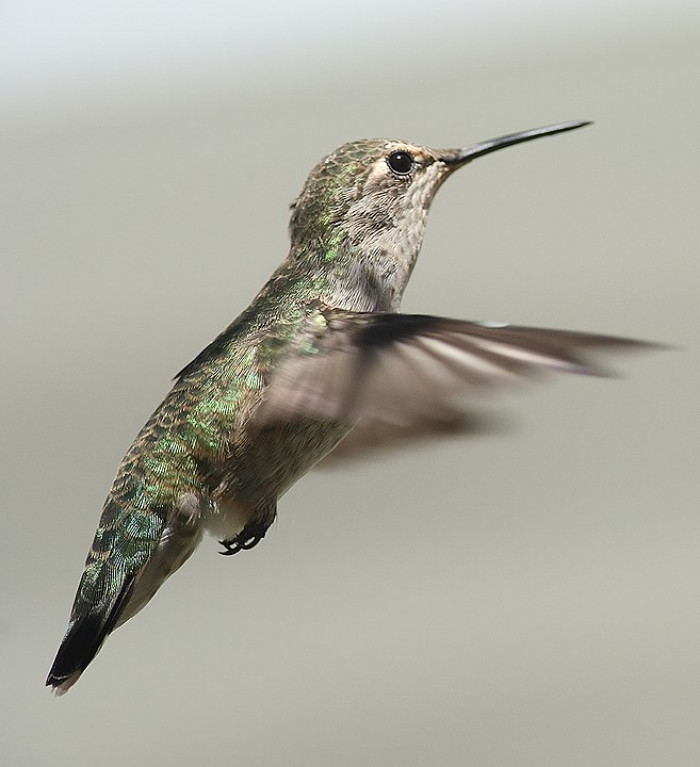
This bird is native to the western coastal regions of North America.

Anna’s Hummingbirds are quite small. Measuring 3.9 inches in length, with a wingspan of 4.7 inches and weighing 0.1-0.2 oz., they are a blur of motion as they hover before flowers searching for nectar and insects.
However, they are large compared to other hummingbirds. Their courtship dives are wonderful to watch.
"A male flies as high as 130 feet in the air and then plummets toward the ground (and the watching female), where he produces a unique short high-pitched noise made by air whipping through his tail feathers.
As courtship progresses, the male chases a receptive female, who leads him toward her nest site and perches again. The male then performs a 'shuttle display,' where he swings back and forth about a foot above the female, keeping his body horizontal and his head down toward her, often singing an intense song," All About Birds writes.
They are quite territorial
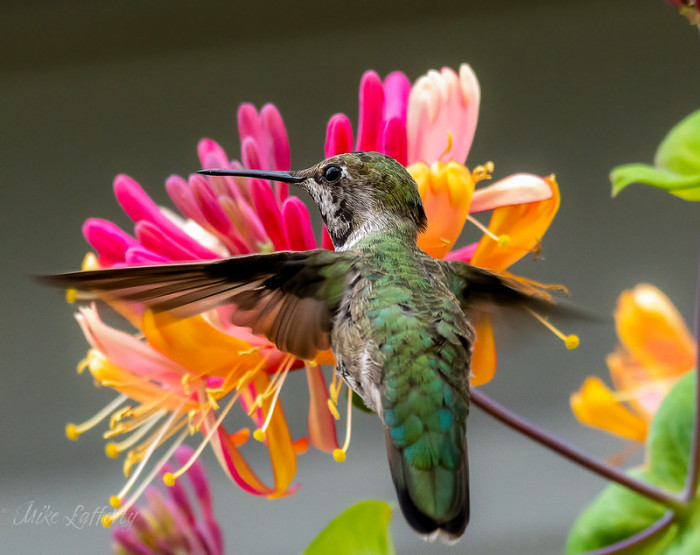
They primarily feed on flower nectar using their long tongues but will also eat insects when the opportunity arises
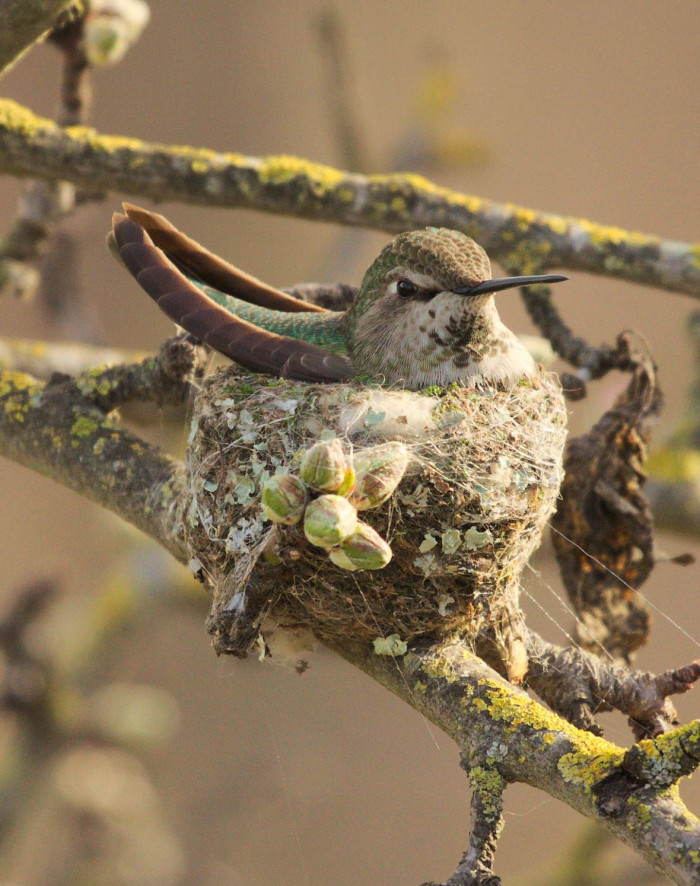
The breeding season lasts from December to June

Their population is estimated at 1.5 million

Listen to them singing here:
Their population is estimated at 1.5 million birds, which is considered stable and not under any direct threat. They don’t mate for life, not even for an entire season.
Both sexes likely mate with more than one partner per season. Only the females care for the young.
They are easy to attract. Set out a hummingbird feeder, then mix your hummingbird food using one part sugar to four parts water.
Don't use honey or food coloring, as some experts believe these can be harder for birds to digest.


